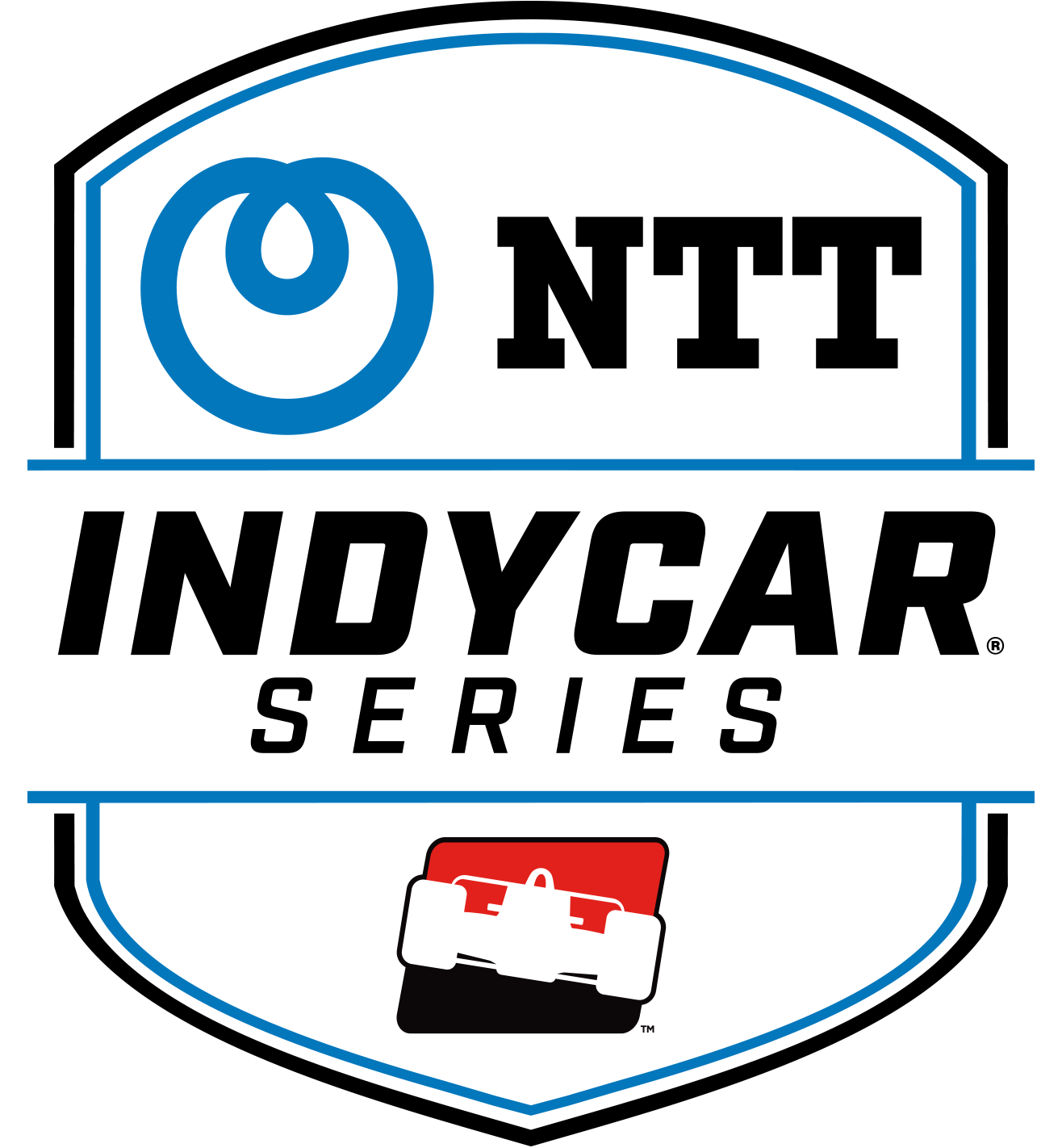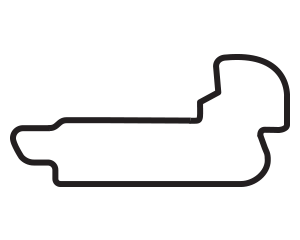Bruce Martin: Time to quit calling it 'Spec Racing'
FEB 12, 2015
One of the terms used to describe the Verizon IndyCar Series over the years is “Spec Racing.” That is when all cars are basically the same formula with the same bodywork and essentially the same engine. When Chevrolet joined Honda as an IndyCar engine supplier in 2012 it created two different platforms but the Dallara DW012 chassis was the only car used in the series.
The Verizon IndyCar Series gets a new look in 2015 with the advent of the “Aero Kits” – distinctively different bodywork that was developed in secret by Honda and Chevrolet and will be used on the cars beginning with the season-opening Firestone Grand Prix of St. Petersburg on March 29.
So with two different engines and two different Aero Kits, is it time to quit calling the Verizon IndyCar Series a “Spec Racing Series?”
“Yes, I think you are right,” said Simon Pagenaud, who begins his first season with Team Penske in car No. 2. “It’s going to be very different for sure. I think it’s a good thing. I’m against Spec Racing personally. I’m very excited to see something new come up and not only work on the engine side but also aero so it is something we can explore and will continue to evolve throughout the year. I think it is going to be good for everybody.
“I think they look great. They are going to be different as well which will be attractive to the fans and even for the drivers, teams and media to see different cars on the track will be interesting.”
Josef Newgarden of CFH Racing is another driver that was asked that question and he believes the term “Spec Racing” should have never been used as a derogatory description of the series. He hopes the tremendous competition will continue in the era of the Aero Kits.
“I don’t know what is going to happen once the kits are rolled out,” Newgarden said. “There will be more noticeable diversity within the series and the manufacturers. It’s a really careful balance. There has been so much debate on what IndyCar racing should be and what people want to see it as.
“I think IndyCar has great things going for it. We have immense competition among the drivers and the teams and that is some of the strongest points to IndyCar racing is that the racing is incredible and incredibly close and everyone is very, very competitive together and there is good parity. I don’t think that should change. I think that is what made IndyCar so strong over the last couple of seasons. I hope the Aero Kits don’t change that completely. On top of that you will have a little more diversity and separation with technology and what people experiment with.”
Newgarden used last season as a perfect example of how competitive IndyCar racing is and to label it as “Spec Racing” undersells the extreme competitiveness of the sport.
“I hope we can find a careful balance because that is what it needs,” he said. “I like the technology and the innovation that we have in the sport but I also respect the art of Spec Racing and what it does to the field and how it adds parity to all the teams and drivers whether they have a $12 million budget or a $5 million budget. I absolutely love that. I think that is great.
“You get great David and Goliath stories from that and I don’t want to see that go away, either. Hopefully, it is a careful balance once everything gets rolling.”
When Pagenaud was asked if he was involved in the secret testing of the Chevrolet Aero Kit, he smiled and said, “That is a question for Tim Cindric” referring to the Team Penske president, which leads one to believe the answer is “yes.”
Pagenaud does have knowledge of the kits and believes it will add a unique element to the series in 2015.
The kits will change the performance level so it will it be a balancing act for engineers, team and series.
“It’s going to be a daunting task,” Pagenaud said. “It’s a new era for IndyCar. Whatever we did last year will be very different this year. Teams, engineers and drivers that get their head around it first will have an advantage, for sure.”



















